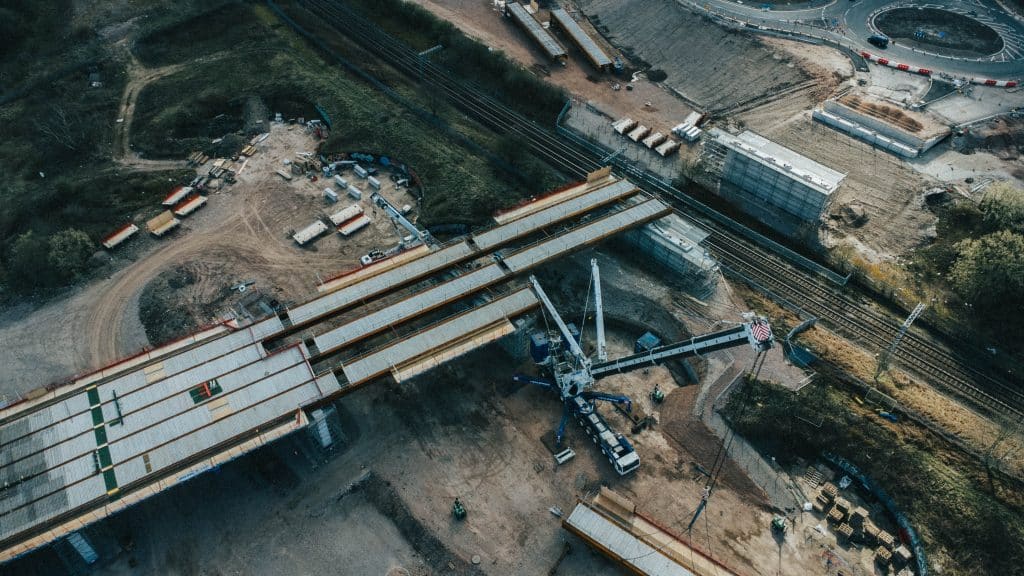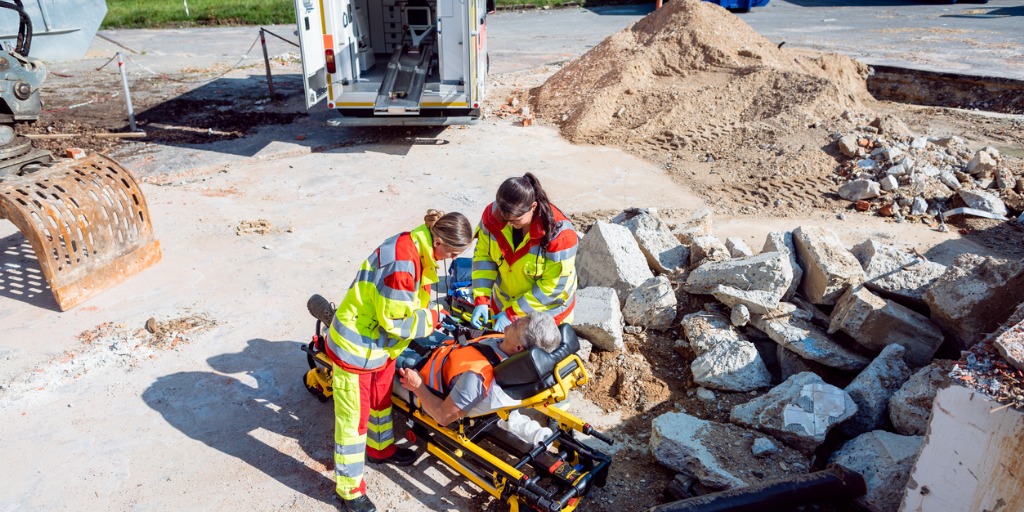The Growing Significance of Construction Safety Training

The construction industry and related events are regarded as one of the primary drivers of economic activity and development. The nation’s economic growth and development are significantly influenced by the construction and engineering services sector.
The construction industry sectors are responsible for building all the real estate and infrastructure around us. The construction industry’s reach is too large.
The government has a keen interest in the investment-driven construction industry. To build infrastructure for the health, transportation, and educational sectors, the government enters into contracts with the construction industry. The construction industry is fundamental to every country’s success.
Significance of Construction Safety Training
The most prevalent element in our lives is construction. The building brings people together in their social, cultural, political, recreational, and economic pursuits, having a tremendous impact on all facets of human existence and civilization. This effect transcends physical places as well as hearts.
From huts to skyscrapers, from village shops to supermarkets, from cart routes to highways, and large industrial complexes, fertilizer plants, and refineries, it encompasses a range of human activities.
An effective building project can result in a successful business. Construction is a large industry, but it also carries a lot of hazards, making construction safety necessary. Daily risks are present on every construction site. According to research by the British Safety Council, the construction sector is responsible for the greatest yearly percentage of occupational deaths in the nation (24.20%).
Investments in safety have a significant potential to help the construction industry. The best way to lower accidents and raise project quality safety is to invest in construction safety. An efficient health and safety management system must be put in place since complex facilities like high-rise structures, malls, factories, and industrial complexes require more resources to handle all elements of worker safety.
Top Reasons to invest in Construction Safety Training Projects
Your staff may learn how to distinguish between trenches and excavations and safely maneuver around them with our construction safety training session. The seminar emphasizes the many fatality-causing dangers connected to working in cramped areas and excavation sites, such as cave-ins and slips.
For the safety of construction workers working at heights, understanding the proper harnessing procedures is crucial. It goes further about many safety precautions that guard employees against dangerously falling items and debris.
The following are the top reasons to invest in construction training programs for a successful construction business.
- Accurate Documentation
While danger prevention is a major emphasis of safety training, it also covers what to do in the event that an accident does occur. Safety experts are aware that injuries result in a lot of paperwork. Employers must also keep note of these mishaps, injuries, and close calls.
In addition to improving workplace behaviors, proper safety training also increases compliance and fosters a better grasp of how to access and file paperwork.
- Improves Risk Management
Training is the first step in enhancing risk management in the construction industry, and training is the last step unless significant fines are imposed. Due to the significant risk involved, OSHA has identified the following four occupational injuries during a construction project.
- Being struck by an object
- Fall from height
- Crushed by some heavy machinery or equipment
Reducing risk requires preparation, and more particularly, ensuring that your personnel has received the necessary safety training. Access to construction training programs should be available at all times for workers doing dangerous tasks. They are more likely to remember and apply important knowledge if they can solve issues more quickly.
- Enhances Awareness
Regular safety training increases participants’ awareness of potential workplace risks, which is one of its biggest advantages. Construction employees must be completely informed of the risks that their working locations bring before they start their workday. They can better anticipate specific workplace risks thanks to frequent safety training, opening the door to hazard avoidance and prevention.
- Proper Training has a huge impact on Productivity and Succession
Managers may frequently see a clear link between module outcomes and on-site performance, and by providing strong performers with optional training, they can enhance their development. This is a fantastic technique to identify those that are eager to go above and beyond, especially when the training is made available to all staff. These informative signs of dedication and excellence may assist managers in establishing career paths for their staff members, greatly simplifying succession planning.
- Reduction in Cost
It goes without saying that workplace accidents can be quite expensive for enterprises, particularly construction firms. A study found that the entire cost of injuries in the construction industry is around $13 billion a year. According to a study report, deaths make up 40% of this total while nonfatal diseases and injuries make up 60%.
Final Thoughts
Clearly, the costs linked to workplace accidents in the construction industry build up very rapidly. However, these safety training programs may help you completely avoid these expenditures since it helps to prevent injuries on the working site.






There’s really no downside to construction safety training! Good for the company, good for the workers.